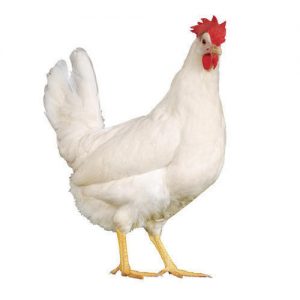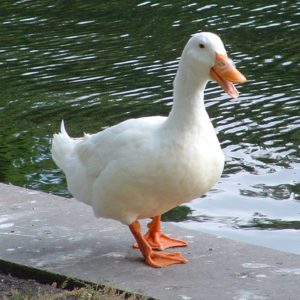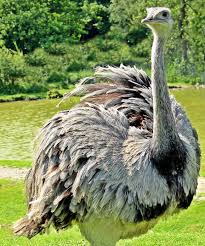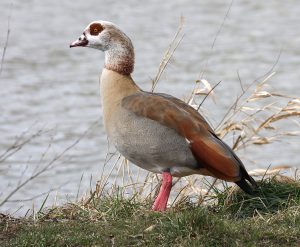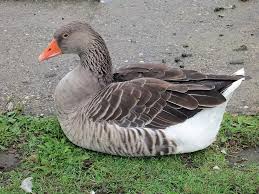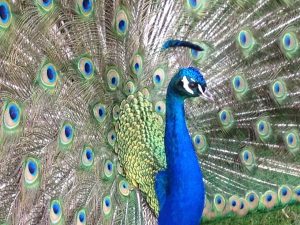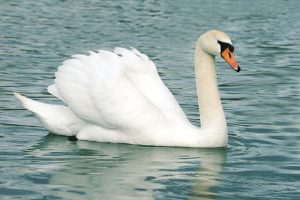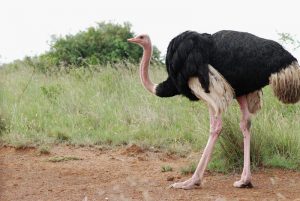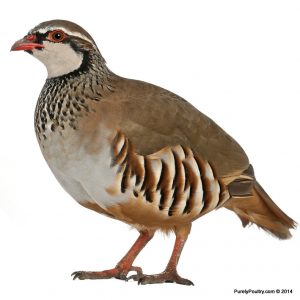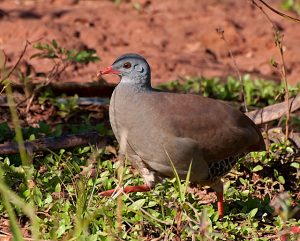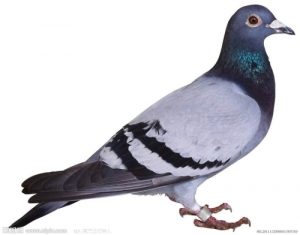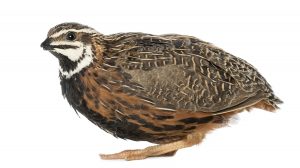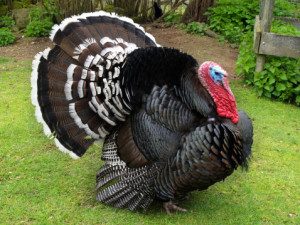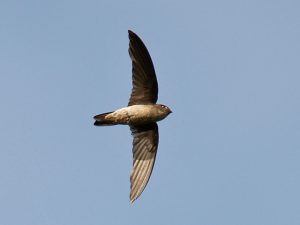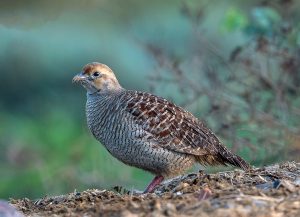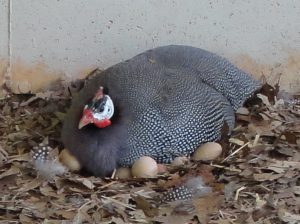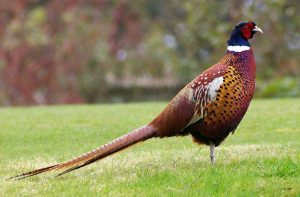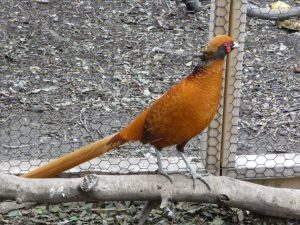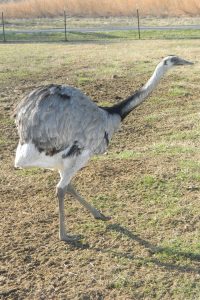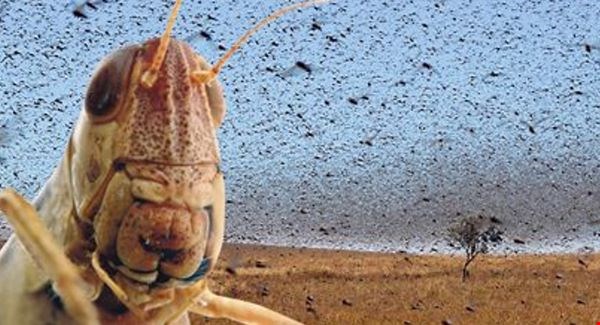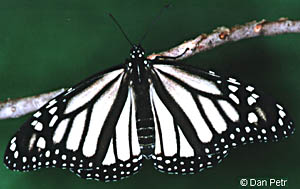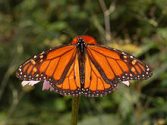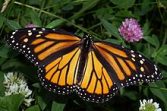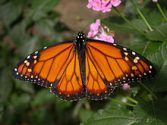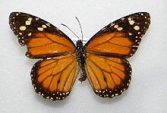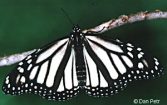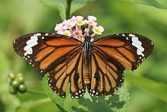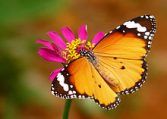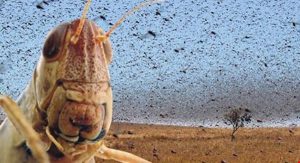
This week, February 26th, is Invasive Species Awareness Week according to AVMA.org. Invasive Species are Plants and Animals, both Native and Non-Native, that have become over-populated, resulting in damage to the environment and wildlife. Some species become over-populated but don’t cause any harm so are not classed as invasive.
Below is a list of a few of the most Invasive Animal Species from across the globe.
UK
Grey Squirrels were introduced to Britain in 1876 and wiped out the general population of Red Squirrels due to a virus.
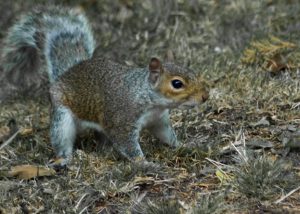
American Minks were introduced to Britain in 1929 and have since reduced the number of Water Voles by 94%, using them for predation.
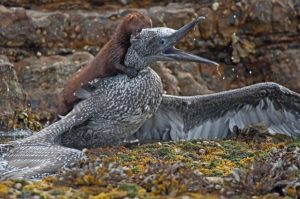
Muntjac Deer were introduced in 1831 and have impacted on woodlands by grazing and preventing tree regeneration, affecting birds and other wildlife.
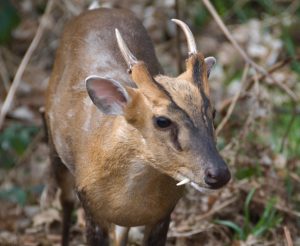
Signal Crayfish, introduced in 1979, have nearly wiped out all White Clawed Crayfish due to competition and transmission of a plague.
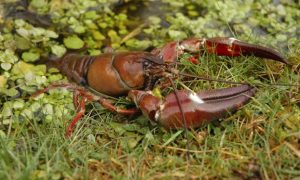
Europe
Asian Hornet, first recorded in 2005, decimates entire beehives and can impact on insect biodiversity and pollination.
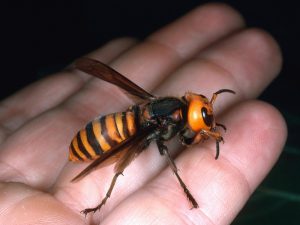
Raccoon, introduced in the first half of the 20th century, preys on native species and is a carrier of many parasites and diseases dangerous to both wildlife and humans.
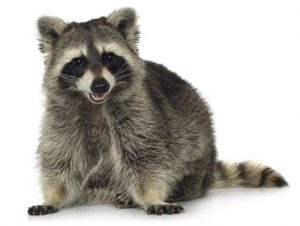
Chinese Mitten Crab, introduced in the early 1900s, causes economical and ecological damage to riverbanks and flood defences through burrowing, and competes with and preys on native species.

North American Bullfrog outcompetes and displaces native species through spreading of lethal diseases, it’s size, breeding capacity and ferocious appetite.
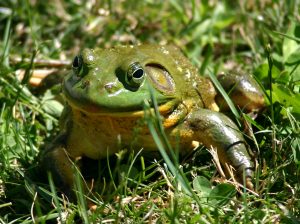
USA
Brown Tree Snake, introduced in 1950, preys on native lizards and birds and causes power outages by climbing on wires.
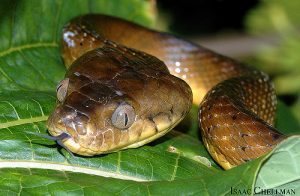
Wild Boar, introduced in 1500s, damages plants and crops and compete with native animal species.
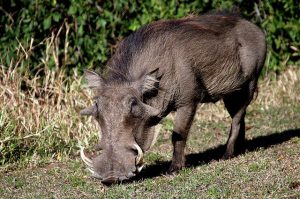
Giant African Snail, introduced in 1966, causes extensive damage to plants and the environment.
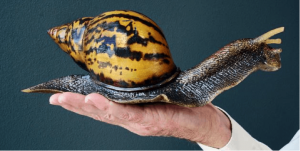
Asian Longhorned Beetle, introduced in 1996, is a destructive wood boring insect, destroying other wildlife’s habitats.
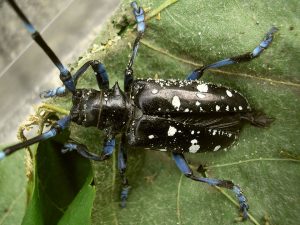
-Photographs are from multiple sources on the Web, I take no credit.
For more Lovely Lists, have a look here
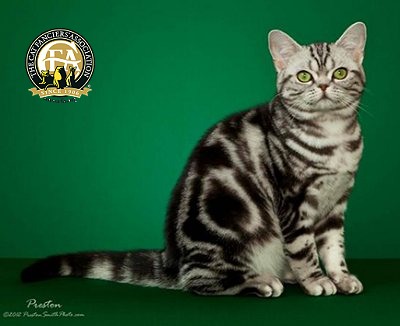
 Classic – Whorls ending in a ‘target’ on the side of the cat
Classic – Whorls ending in a ‘target’ on the side of the cat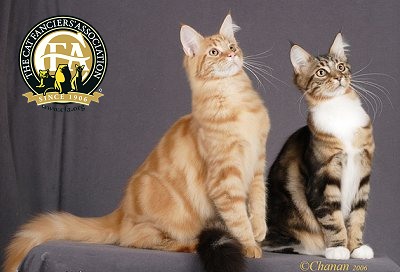
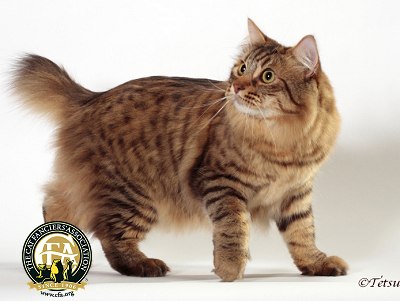
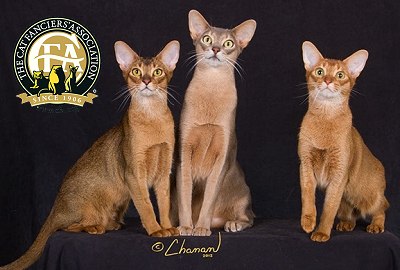


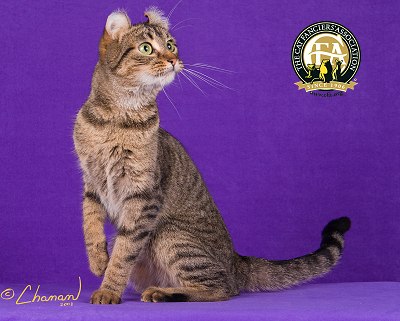

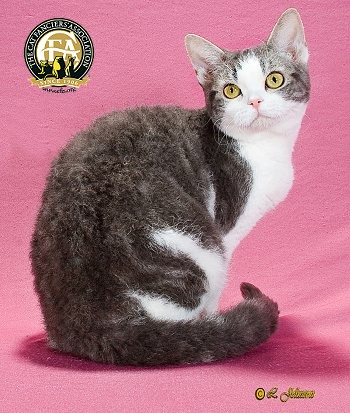
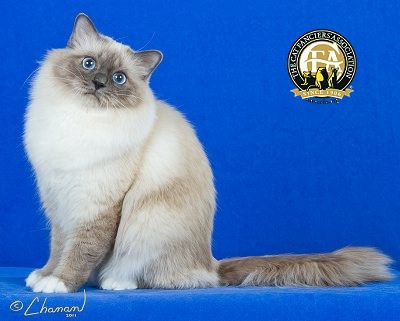
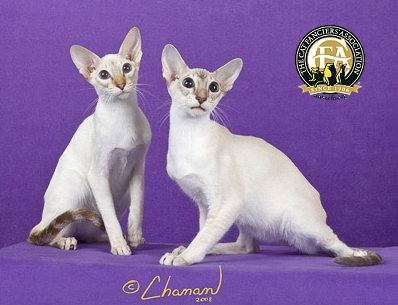
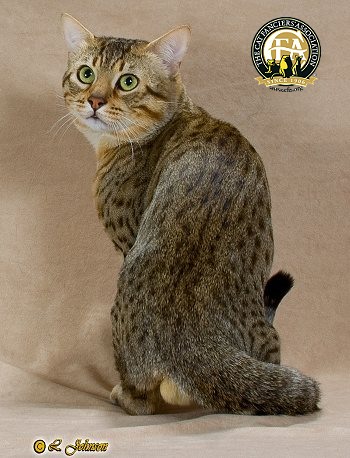
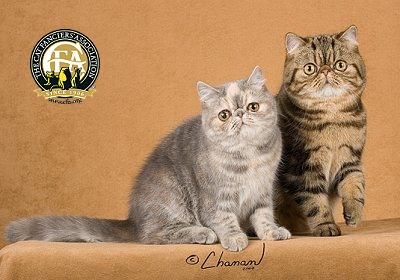
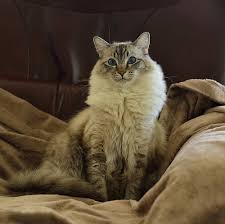
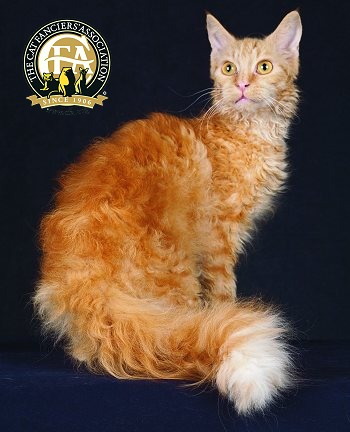

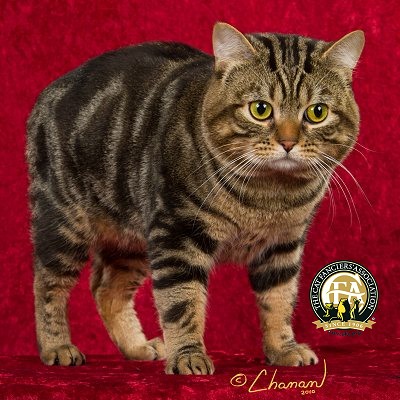
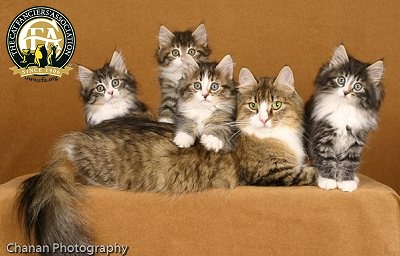
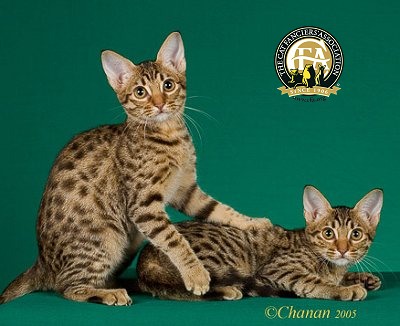
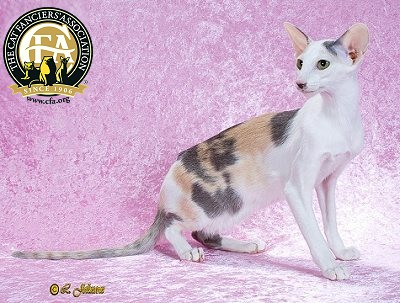
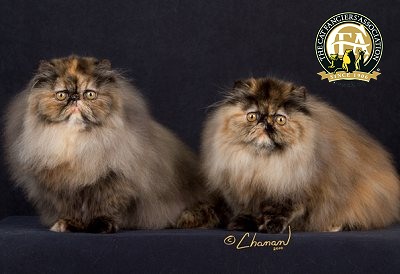
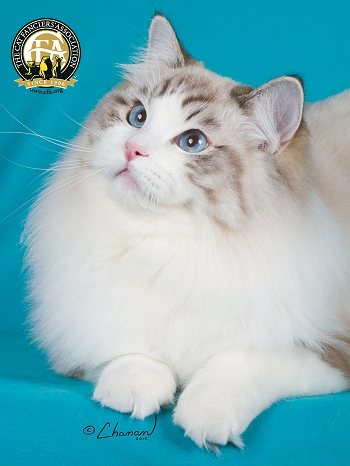
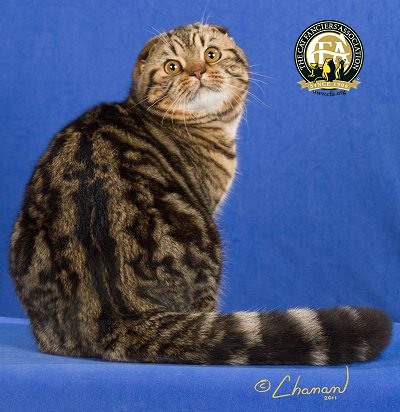
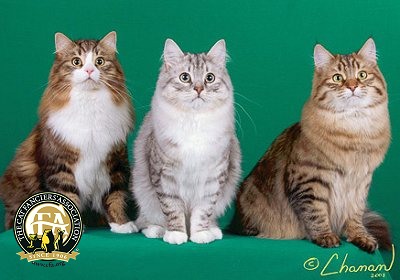
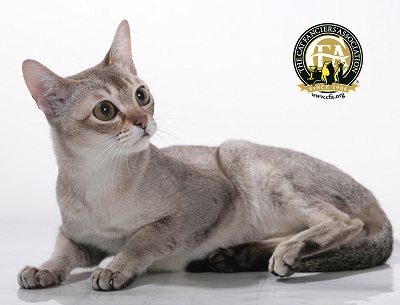
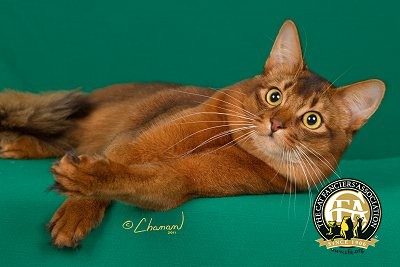
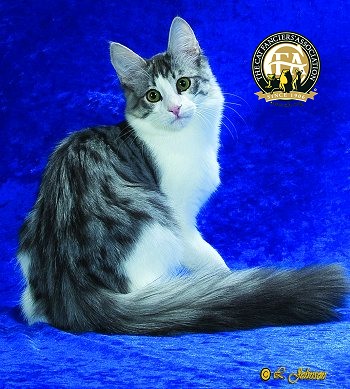
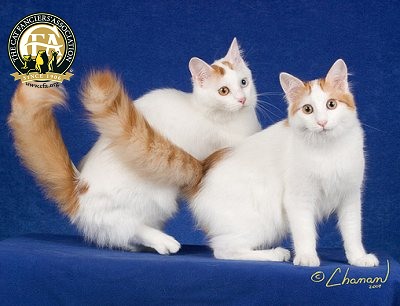
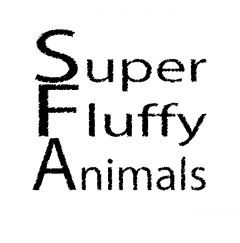
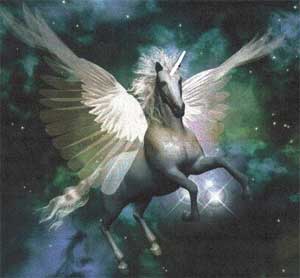

 1) Archaic Unicorn – Goat sized, Goat beard, Lion tail, Cloven Hooves
1) Archaic Unicorn – Goat sized, Goat beard, Lion tail, Cloven Hooves
 3) Western European – Wings on the feet, Curly horn
3) Western European – Wings on the feet, Curly horn 4) Central European – Smaller pony size
4) Central European – Smaller pony size 5) Alps and Carpathian – Grey speckled and robust, Largely Goat-like
5) Alps and Carpathian – Grey speckled and robust, Largely Goat-like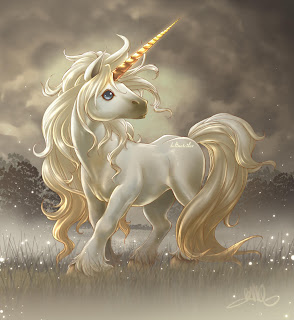 6) Eastern European – Pony size, very fleeting when seen
6) Eastern European – Pony size, very fleeting when seen 7) Chinese/Japanese – Almost Cow-like, Fancy horn
7) Chinese/Japanese – Almost Cow-like, Fancy horn 8) Gaelic – Heavy coat for Winter conditions
8) Gaelic – Heavy coat for Winter conditions 9) Black – Black fur, Red horn and hooves
9) Black – Black fur, Red horn and hooves